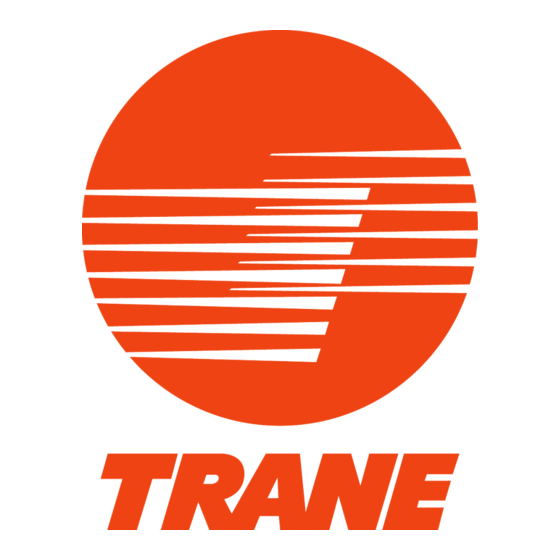
Table of Contents
Advertisement
ALL phases of this installation must comply with NATIONAL, STATE AND LOCAL CODES
IMPORTANT - This Document is customer property and is to remain with this unit. Please return to service information
pack upon completion of work.
These instructions do not cover all variations in systems or provide for every possible contingency to be met in connection with the in-
stallation. Should further information be desired or should particular problems arise which are not covered sufficiently for the purchaser's
purposes, the matter should be referred to your installing dealer or local distributor.
Note: The manufacturer recommends installing only approved matched indoor and outdoor systems. All of the manufac-
turer's split systems are A.H.R.I. rated only with TXV indoor systems. Some of the benefits of installing approved matched
indoor and outdoor split systems are maximum efficiency, optimum performance and the best overall system reliability.
Table of Contents
.................................................................................................... 2
.............................................................................. 5
................................................................................ 5
....................................................................................... 11
.............................................................................. 11
........................................................................................... 15
Installer's Guide
Condensing Units
4TTM3018 through 4TTM3060
.................................................. 3
............................................ 6
............................................................ 7
............................................................. 8
.................................................. 10
........................................................... 12
.......................................................... 14
.................................................. 16
....................................... 26
18-AC78D1-6
................ 24
Advertisement
Table of Contents











Need help?
Do you have a question about the 4TTM3018 and is the answer not in the manual?
Questions and answers